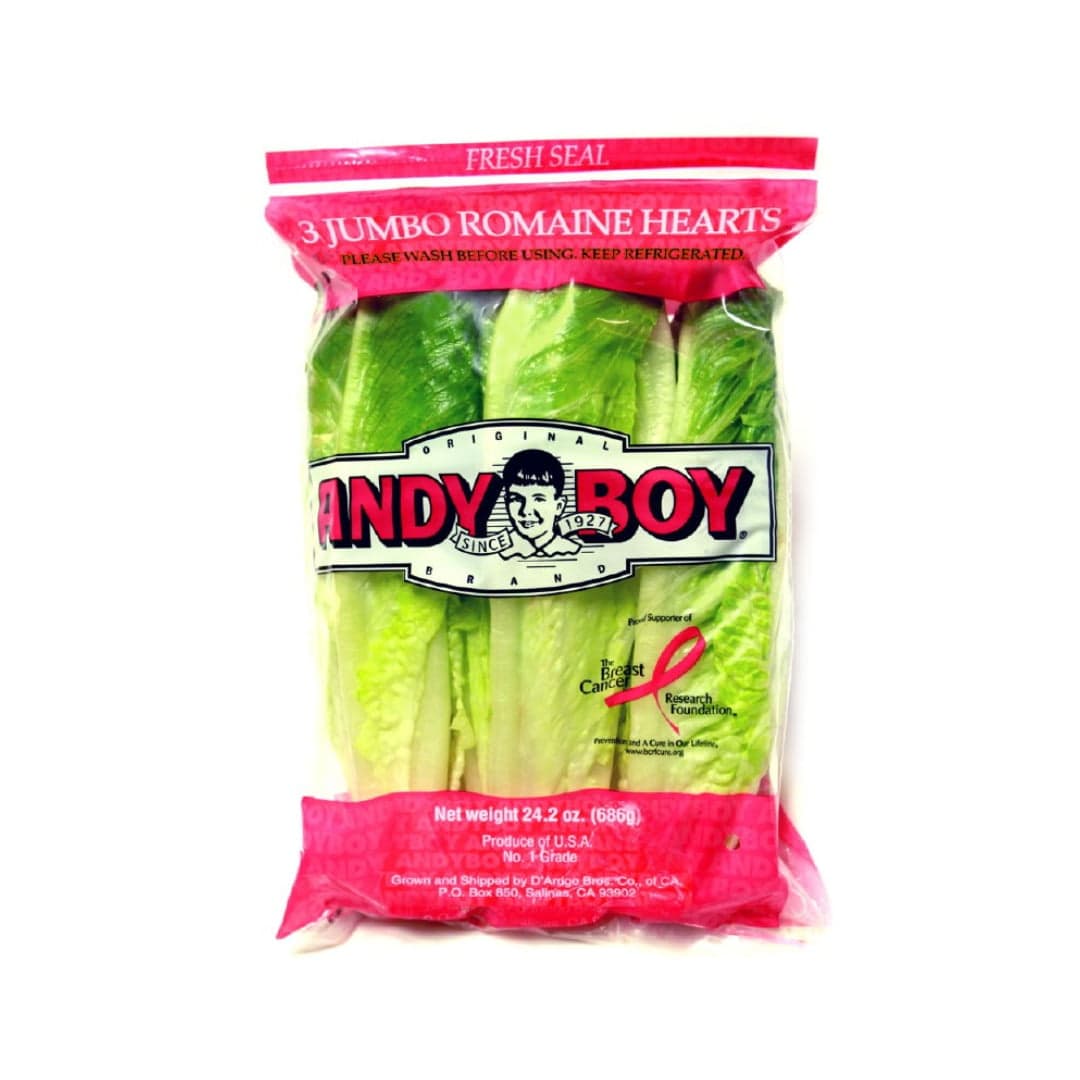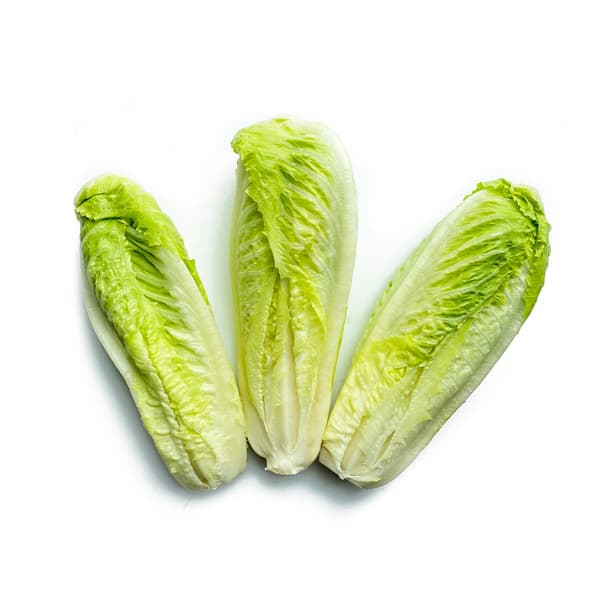
Bok Choy
Product Details
Description
Bok choy, also known as **pak choi** or **Chinese white cabbage**, is a non-heading member of the *Brassica* family, which also includes broccoli and cabbage. It's a staple in Asian cuisine, especially stir-fries and soups. *** ### Key Characteristics * **Appearance:** It has a unique structure, with thick, crisp stalks (or petioles) that fan out from a central base, topped with broad, round, dark-green leaves. It looks somewhat like a bunch of celery with leafy tops. * **Varieties:** * **White Stem/Canton:** Has white stalks and dark green leaves; the most common variety. * **Green Stem/Shanghai:** Has lighter, yellow-green stalks and smoother leaves; often has a milder, sweeter flavor. * **Baby Bok Choy:** Any variety harvested young, which tends to be sweeter and more tender. * **Flavor and Texture:** * **Stalks:** The white or light green stalks are **crisp** and **juicy**, similar to celery, with a mild, sweet flavor. * **Leaves:** The dark green leaves are **tender** and have a flavor described as mildly sweet, grassy, and sometimes faintly peppery or bitter. * **Culinary Use:** The entire plant is edible. The stalks and leaves cook at different rates, so they are often separated and added to dishes a few minutes apart. Bok choy is most commonly **stir-fried**, **steamed**, or added to **soups**. It can also be eaten raw in salads, particularly the baby variety. *** ### Nutritional Highlights Bok choy is a very low-calorie, nutrient-dense vegetable. It is an excellent source of: * **Vitamins:** High in **Vitamin K**, **Vitamin C**, and **Vitamin A** (as beta-carotene). * **Minerals:** A good source of essential minerals, including **calcium**, **potassium**, and **folate**.
Product Information Notice
We strive to provide accurate information regarding ingredients, nutritional details, product images, and descriptions on our website. However, this information may occasionally change. For the most current and precise ingredient and nutrition information, please always refer to the actual product packaging.
You Might Also Like
Discover more products based on your current selection







